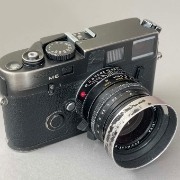Now the 6,350€ question : M11-S 24MP BSI in 2023 ? [Merged]
-
Recently Browsing 0 members
- No registered users viewing this page.
-
Similar Content
-
- 2,140 replies
- 154,111 views
-
- 61 replies
- 10,516 views
-
- 1 reply
- 307 views
-
- 72 replies
- 16,201 views
-
- 63 replies
- 13,782 views
-




Recommended Posts
Join the conversation
You can post now and register later. If you have an account, sign in now to post with your account.
Note: Your post will require moderator approval before it will be visible.